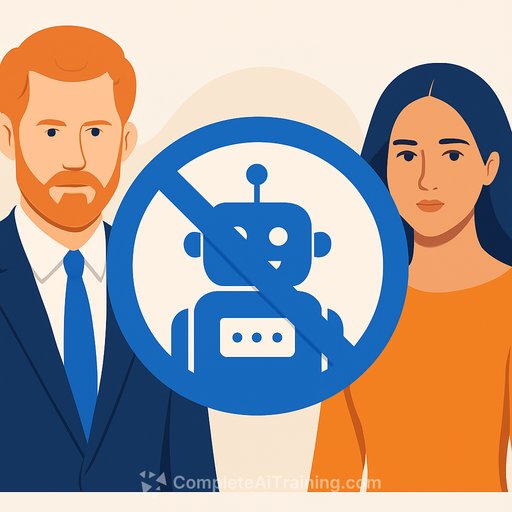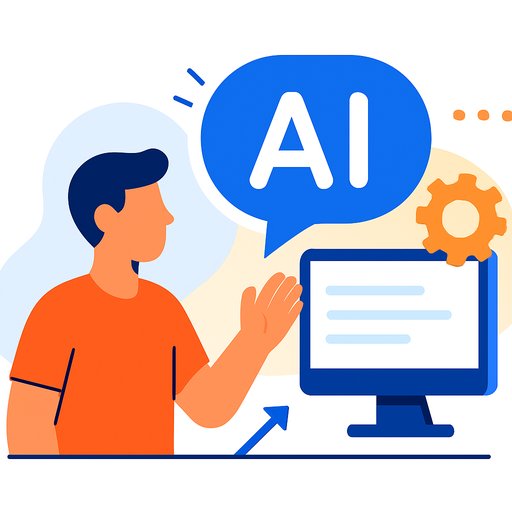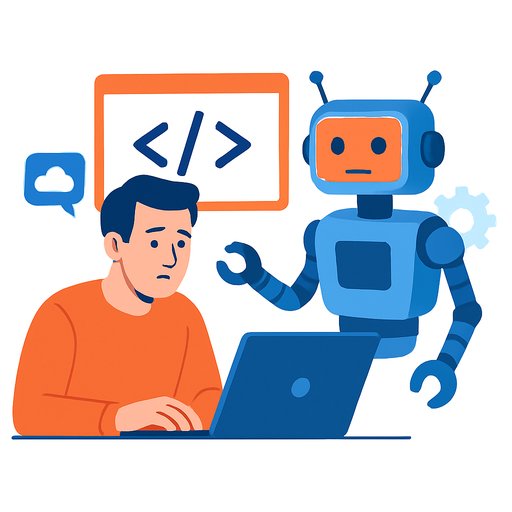Prince Harry and Meghan Back Call to Ban AI "Superintelligence." Here's What Dev Teams Should Do Now
Prince Harry and Meghan joined a broad coalition of AI pioneers, business leaders, artists, and conservative commentators to support a prohibition on developing AI "superintelligence" unless strict safety conditions are met.
Their target is clear: companies like Google, OpenAI, and Meta that are pushing to build systems that outperform humans across most cognitive tasks.
The statement is blunt: "We call for a prohibition on the development of superintelligence, not lifted before there is broad scientific consensus that it will be done safely and controllably, and strong public buy-in."
The preamble warns of economic displacement, disempowerment, loss of freedoms and civil liberties, national security risks, and even potential human extinction if development continues without adequate safeguards.
Who signed-and what they said
- Prince Harry: "The future of AI should serve humanity, not replace it. I believe the true test of progress will be not how fast we move, but how wisely we steer. There is no second chance." Meghan also signed.
- Stuart Russell (UC Berkeley): "It's simply a proposal to require adequate safety measures for a technology that, according to its developers, has a significant chance to cause human extinction. Is that too much to ask?"
- Yoshua Bengio and Geoffrey Hinton (Turing Award winners) added their names, continuing their push to highlight risks of advanced AI.
- Steve Bannon and Glenn Beck signed as well, signaling an outreach to the MAGA base even as the administration seeks fewer AI restrictions.
- Other signers include Steve Wozniak, Richard Branson, Admiral Mike Mullen, Susan Rice, Mary Robinson, several European and U.S. lawmakers, Stephen Fry, Joseph Gordon-Levitt, and will.i.am.
- Joseph Gordon-Levitt: "Yeah, we want specific AI tools that can help cure diseases, strengthen national security, etc. But does AI also need to imitate humans, groom our kids, turn us all into slop junkies and make zillions of dollars serving ads? Most people don't want that."
Why this matters for IT and development
Whether you buy the timelines or not, this letter is ammunition for policymakers and boards to tighten oversight of advanced model research, capability scaling, and deployment.
If you build, integrate, or buy AI, expect more scrutiny on safety proofs, evals, and containment. "Move fast" won't cut it for high-capability systems. Documentation, testing, and control plans will become budget lines, not nice-to-haves.
Actionable steps for engineering leaders
- Classify projects by risk: Separate routine ML/LLM apps from open-ended capability research. Set stricter gates for anything that improves autonomy, tool use, model self-improvement, or multi-agent orchestration.
- Adopt a risk framework: Map your workflows to the NIST AI Risk Management Framework. Define threat models, safety metrics, and decision thresholds before training or scaling. NIST AI RMF
- Institutionalize red teaming: Run continuous adversarial tests for model jailbreaks, deception, persuasion, bio/chem risks, cyber offense, and autonomous replication. Publish results internally with clear remediation owners.
- Build control layers: Rate limiters, capability gating, tool-permission whitelists, human approval steps, and kill switches. Treat model rollouts like productionizing a new payment rail.
- Vendor due diligence: Require model cards, eval results, incident histories, and update cadences from providers. Block vendors that won't disclose basic safety evidence.
- Data governance: Tight PII boundaries, strict RAG sources, content filters, and logging. Separate dev/test/prod keys and enforce least privilege to tools and external APIs.
- Incident response: Define what triggers rollback for models (e.g., new exploit class, safety score regression). Practice drills the same way you do for security events.
- Human-in-the-loop: For critical actions-finance, healthcare, security, critical infrastructure-require explicit human confirmation and post-action audits.
What debates to expect next
The AI field is split on whether "superintelligence" is near, possible via current scaling, or as risky as claimed. Max Tegmark notes this conversation has moved past niche circles-expect more public pressure and political attention.
Companies chasing capability gains will argue that safety can keep pace. Critics will push for proofs, eval standards, and development caps until guardrails are verified. Your roadmap should plan for either outcome.
Signals to watch
- Government moves on licensing, compute caps, or oversight for large training runs.
- Shared safety evals for dangerous capabilities and third-party auditing becoming standard.
- Provider commitments to containment, transparency reports, and incident disclosures.
- Insurance or investor requirements tied to AI safety maturity.
Where to read the statement
Review the letter and its signers here: Future of Life Institute.
Next steps for your team
Pick one high-impact model in your stack and implement two upgrades this quarter: stronger red teaming and a real kill switch. Then set up a light-weight governance board that can approve or pause capability escalations.
If you're planning skills development for your org, explore role-based AI upskilling paths here: AI courses by job.
Your membership also unlocks:






